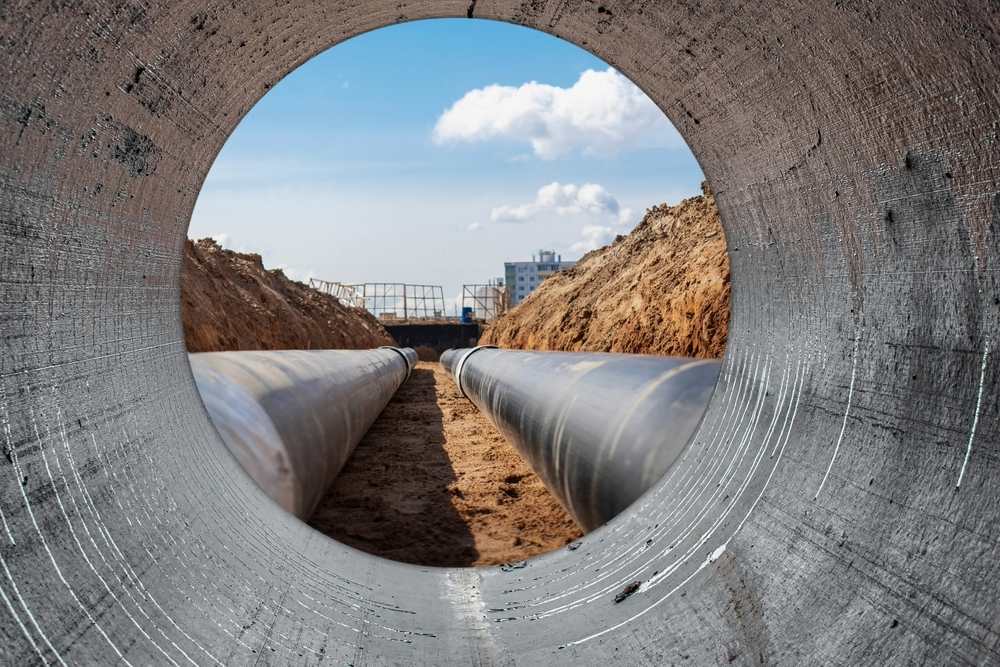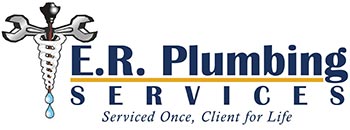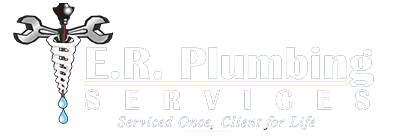
When homeowners face sewer line problems, finding the right repair solution becomes a top priority. CIPP lining (Cured-In-Place Pipe lining) has emerged as a popular method for addressing damaged lateral lines without extensive excavation. E.R. Plumbing Services offers this innovative technique as part of our comprehensive restoration options for residential sewer systems. But is this approach right for your specific situation? Let's examine the benefits and limitations of this technology for lateral sewer lines.
Understanding Lateral Sewer Lines
Lateral lines connect your home's plumbing to the main sewer system, and they're often the most vulnerable part of your sewer infrastructure. These critical pipelines commonly experience damage from tree roots, shifting soil, and the natural aging process. While traditional repairs typically require extensive digging across your property, trenchless sewer repair methods offer a far less invasive alternative that preserves your landscaping and outdoor spaces.
How CIPP Technology Works
The pipe lining process creates a new pipe within your existing damaged one through a remarkable engineering process:
- A resin-saturated liner is inserted into the damaged existing pipe
- The liner is expanded to press against the interior walls
- Heat or UV light activates the resin, causing it to harden
- The result is a seamless, jointless pipe that effectively seals all cracks, holes, and joints in one application
Benefits for Lateral Lines
Trenchless sewer repair techniques like CIPP provide numerous advantages for homeowners dealing with lateral line issues. The minimal disruption to landscaping and hardscaping means your property remains largely untouched during repairs. The completion time is significantly shorter than conventional excavation methods, often finishing in just a day rather than a week or more of disruptive work.
- Addresses common lateral line problems like root intrusion and cracks
- Creates a smooth interior surface that improves flow and resists buildup
- Often proves more economical long-term than traditional replacements
Limitations to Consider
While cured-in-place pipe lining offers impressive benefits, it's not the universal solution for every situation. This approach isn't suitable for completely collapsed pipes that require full replacement. The process may also slightly reduce pipe diameter, though the improved flow characteristics typically offset this minor reduction. Proper preparation of the existing line is essential, which requires thorough cleaning and inspection before installation.
Want to determine if CIPP lining is right for your lateral sewer line? Contact E.R. Plumbing Services today for a professional assessment and customized recommendation for your specific plumbing needs.






